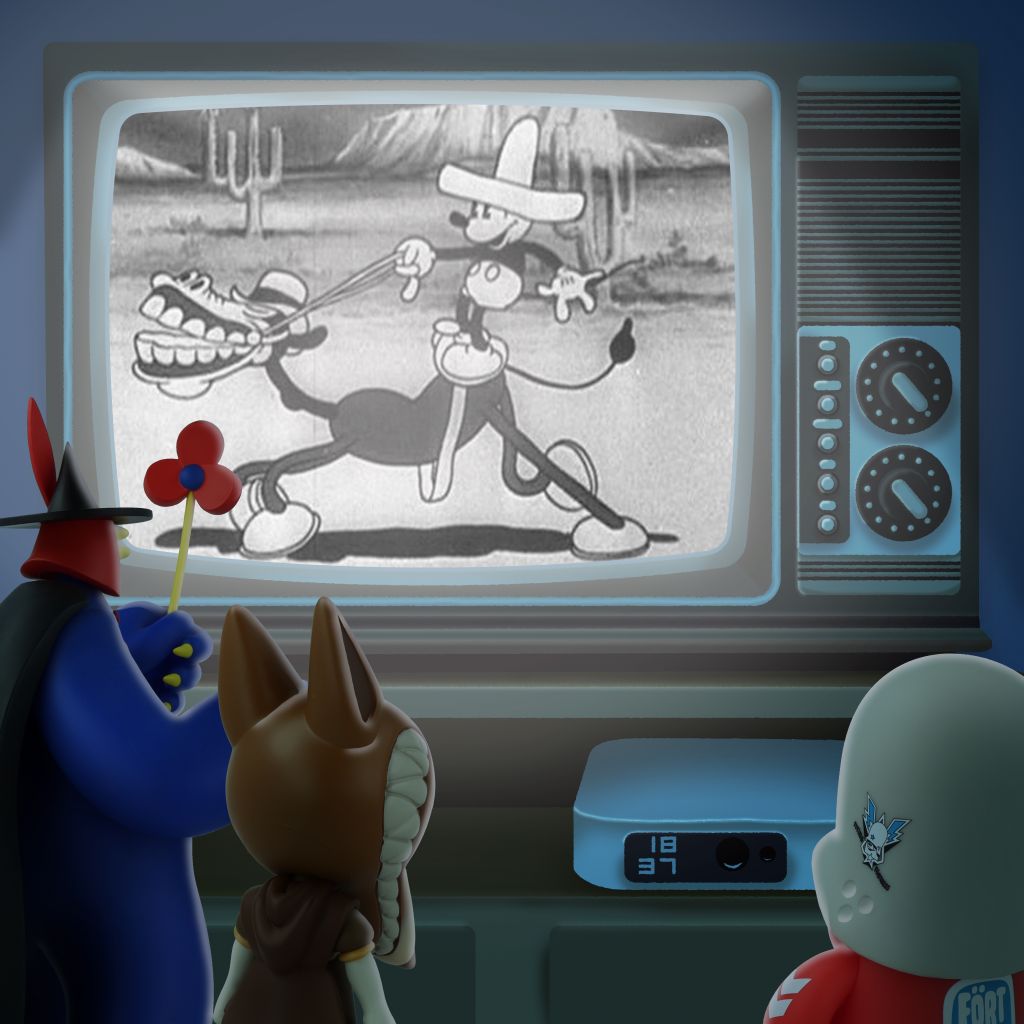
Animation & Toy Design 1892 - 1937 (First part)
You probably already know it, but at Artoyz, we are rather fond of animated films. Whether they are from a time when color did not exist on screens, or from a more recent era in which the war of particles and 3D rendering is open, animated films are an essential part of the 7th art. , especially in France which is fertile ground in this area. Therefore, we wanted to take an interest in the history of animation from its creation to today, and how animation inspires the world of toy design. This dossier is the first part of a series of at least three articles (the author of these lines is currently not yet certain of the number of articles necessary to make this great animated epic digestible).
If the information below comes from several sources and personal knowledge, it is important to mention the site of l'université populaire des images which was of more than precious help with its absolutely fascinating chronological frieze.
In the beginning, there is images.
Before leaving on the cinema, we are going to make a brief stop on a time when all was only sadness and despair: the pre-cinema era.
f this is an anachronistic thought, we can consider that the Shahr-e Sokhteh vase is one of the first appearances of an attempt at animation. Five vignettes represent a goat jumping to catch a leaf before falling back to the ground and resuming the same movement. Once again, we cannot speak precisely of animation since the techniques of the time did not make it possible to witness the illusion of movement, but it should be noted that the notion of movement was intended by the artist.
There were also various experiments that can come close to animated cinema such as shadow theater or puppet theatre, but, in both cases, the movement really exists, is not illusory, which invalidates the categorization into animation pioneer.


From the 16th century, the appearance of the magic lantern will allow the projection of many images, images which will be rather frightening and intended for an audience in search of strong sensations. At the time, the notion of editing did not exist and yet with two magic lanterns and a skilful game of opacity to pass from one to the other, we are witnessing the birth of the crossfade.

Last evolution before the accession to the cinema: optical toys. Folioscope, Thaumatrope, Zootrope and many others, many of them have tried to reproduce movement for a half-fun half-scientific purpose.



Théâtre Optique
Invention of Charles-Émile Reynaud, the théâtre optique is based on the use of the magic lantern and the fruit of several years of work to circumvent the main defect of optical toys: duration.
Operating with prismatic mirrors (like a praxinoscope) and gelatin vignettes, each projected image is drawn by hand by Reynaud and with this process we witness the first projections of animated images in front of an established audience, 3 years before those of the Lumiere brothers.

On October 29, 1892, we witnessed an event without which this article would probably not exist: the screening of the first cartoon in the cinema. Lasting 15 minutes, we see a love triangle between Colombine, Arlequin and Pierrot.
The beginnings of cinema
3 years later, the Lumière brothers enter the optical theater with their cinematographs. Georges Méliès, an illusionist by profession, seized on the concept of cinema to carry out multiple experiments. The most famous of them (whose veracity remains contested elsewhere) is the camera stop. In the middle of filming, the film gets stuck in the camera and interrupts the filming. On resuming filming, he realizes that he has just created a film trick, a trick still used today.
The use of this trick will quite quickly lead artists to animate non-real characters image by image before leading to Emile Cohl's Phantasmagorie, the first stop motion film in which stop motion is not used for special effects.
The last stage in these beginnings of the cinema comes to us from Winsor Mccay, author of Comics mainly known for Little Nemo in Slumberland. Wanting to animate his characters, he will animate Little Nemo in 1911 and invent the concept of loop, that is to say the reuse of a movement without the need to redraw it entirely.
Rotoscoping and Disney
In 1915, the Fleischer brothers invented the rotoscope. This involves filming in live action and drawing the contours of these images in order to obtain the most realistic movements possible. If the process is still used today in various films (Renaissance, a Scanner Darkly.), and has been used in a few video games such as Prince of Persia, Flashback or The Last Express, it was originally used for the series Out of The Inkwell
Speaking of Fleisher, it would be a shame not to mention McBess, a great contemporary artist who openly draws inspiration from the animation style of the time for his many drawings.
 Find the Oh-No figurine by MCGee right here
Find the Oh-No figurine by MCGee right here
I allow myself a small digression by recommending you the masterpiece of the studio: Popeye the Sailor Meets Sindbad the Sailor. It's funny, sublimely animated, in short everything you can expect from a spinach sailor adventure.
Two years later, in 1917, we see the appearance of the first animated feature film in the history of cinema with El Apóstol by Quirino Cristiani.

Logically, there will be a boom in series with, in particular, Félix the cat, who becomes the first animated character to generate derivative products.
In 1928, an earthquake of unsuspected magnitude hit cinemas: Steamboat Willie. First public appearance of Mickey Mouse, the film is a huge success that will allow the growth and development of a Disney method based on division of labor with storyboards and intervalists.
To stay on Mickey, I can only recommend the wonderful book on the world's most famous mouse from Taschen Editions. Available in large or small format, it's a great editing job.
Let's also mention the range of mini egg attacks in homage to the American rodent, which are all a nod to their first appearances.
This contribution in recognition and capital will allow Disney to make its first feature film: Snow White and the Seven Dwarfs.
 If you want to know more about the Disney of the 30s I recommend: The Hidden Art of Disney's Golden Age - The 1930s
If you want to know more about the Disney of the 30s I recommend: The Hidden Art of Disney's Golden Age - The 1930s  Get It Here
Get It Here
It is now time to conclude this first part on the history of animation. See you next week to talk a bit about Warner, Hanna & Barbera, Avery, but also the beginnings of a small Japanese robot.
Our coolest products



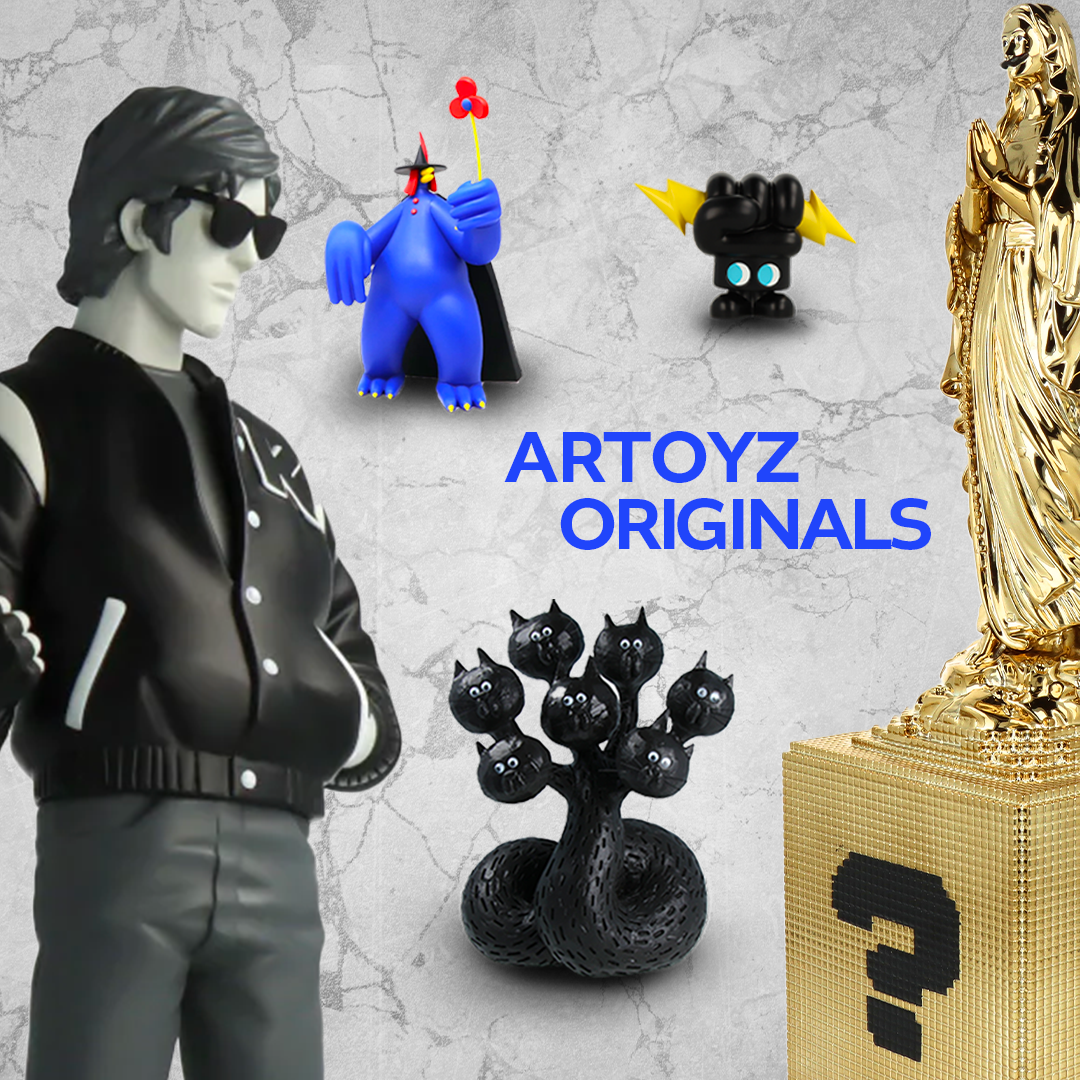

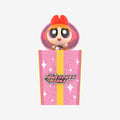






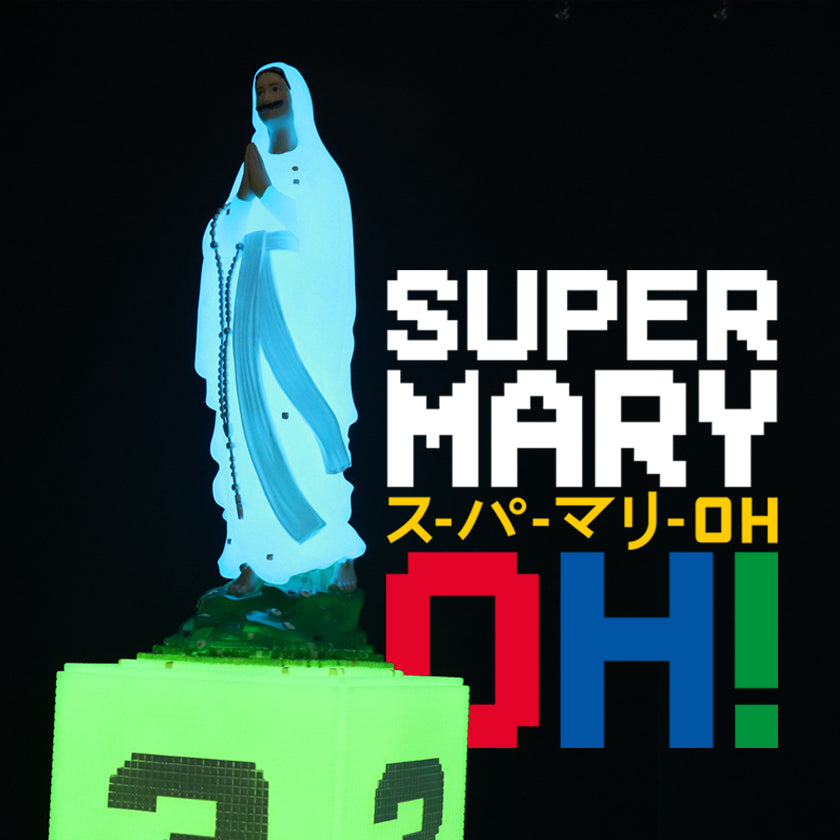









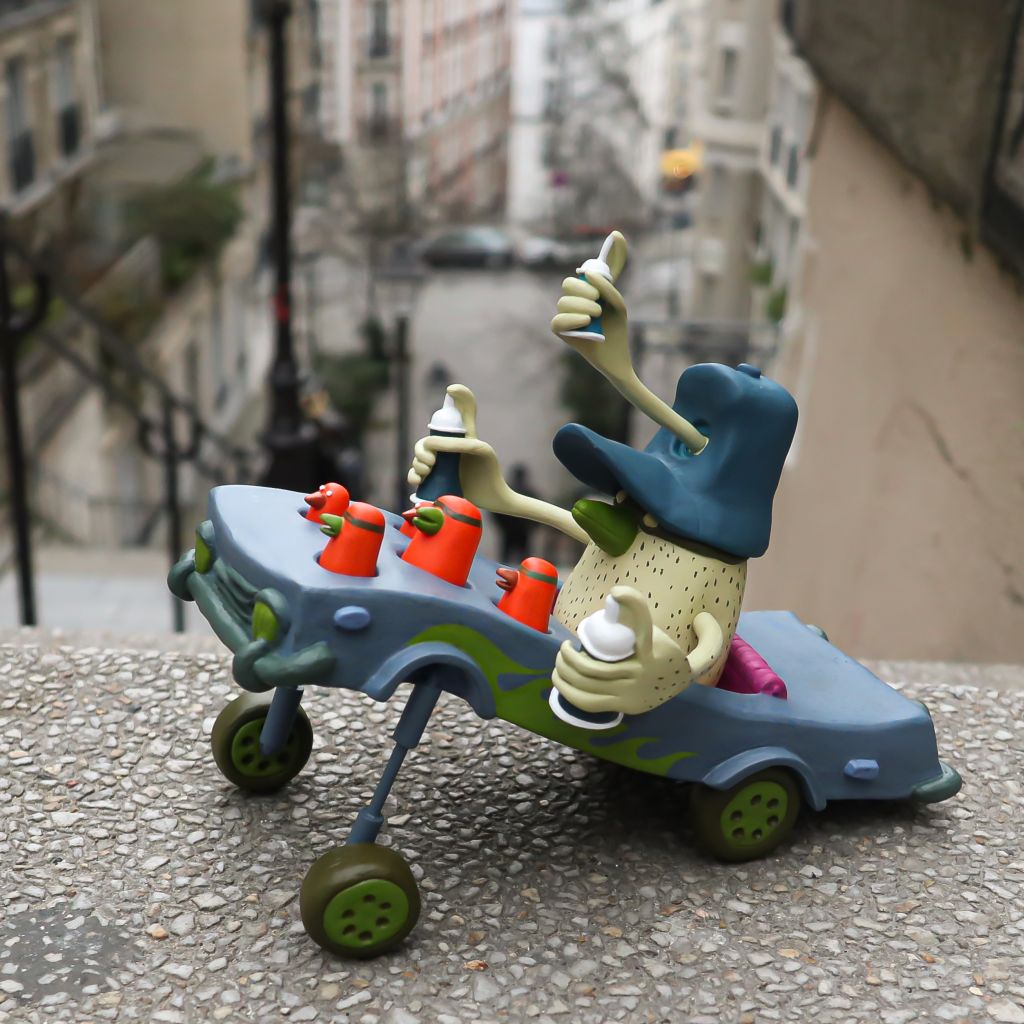
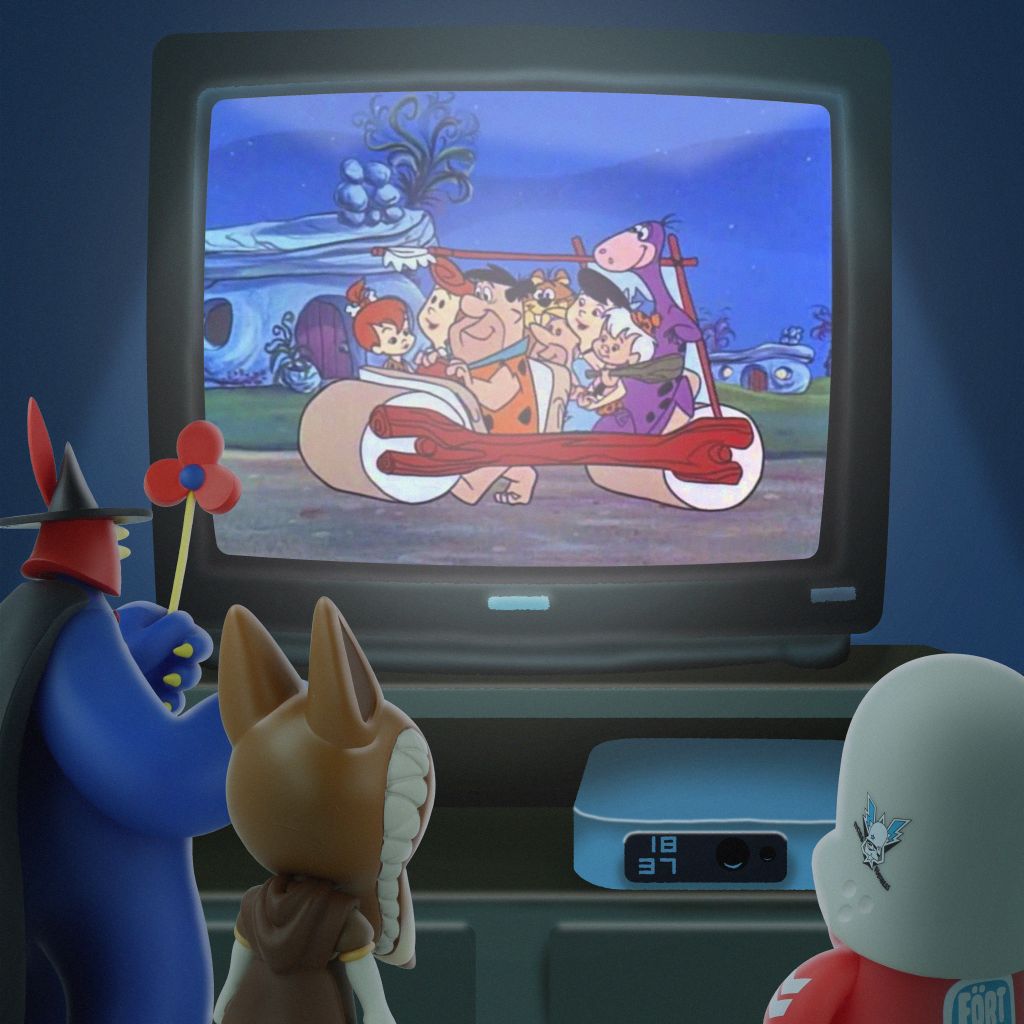

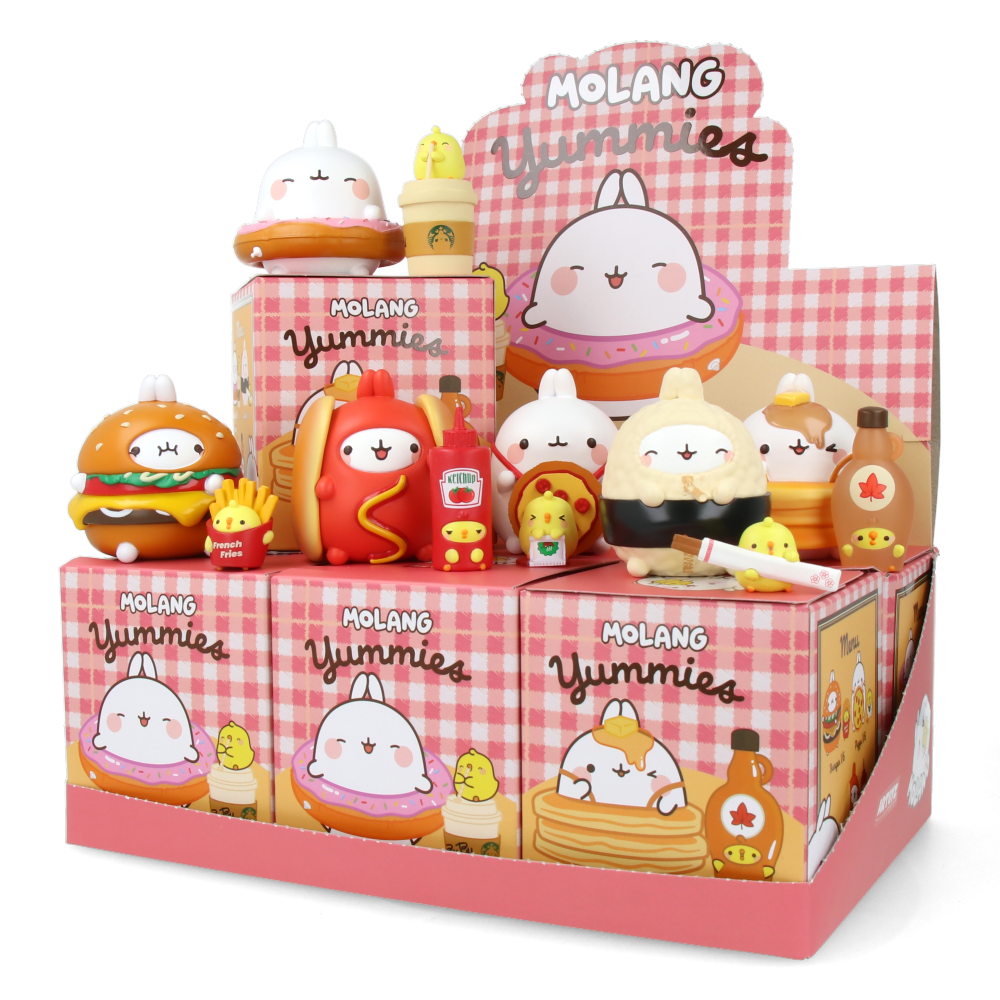



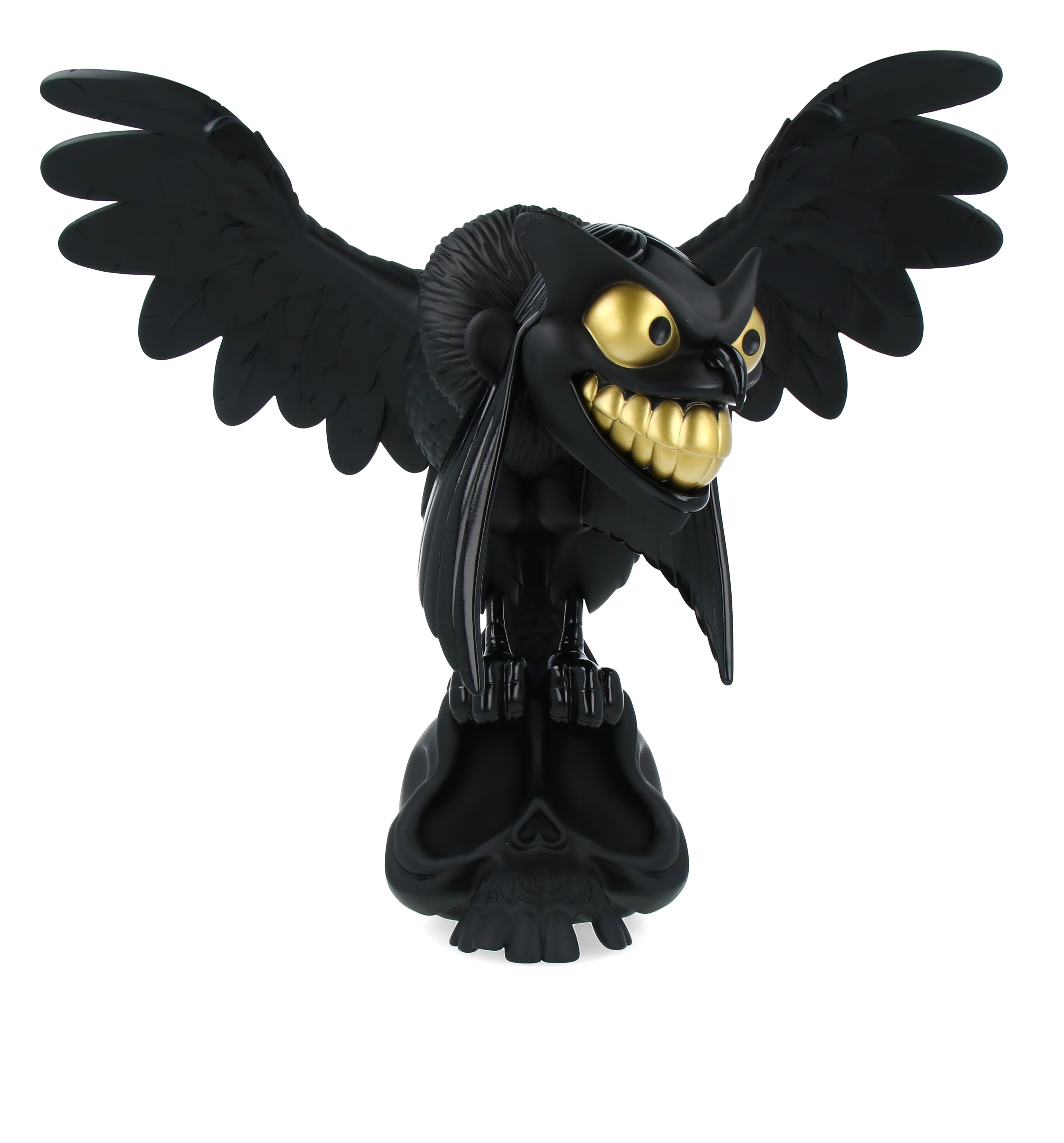





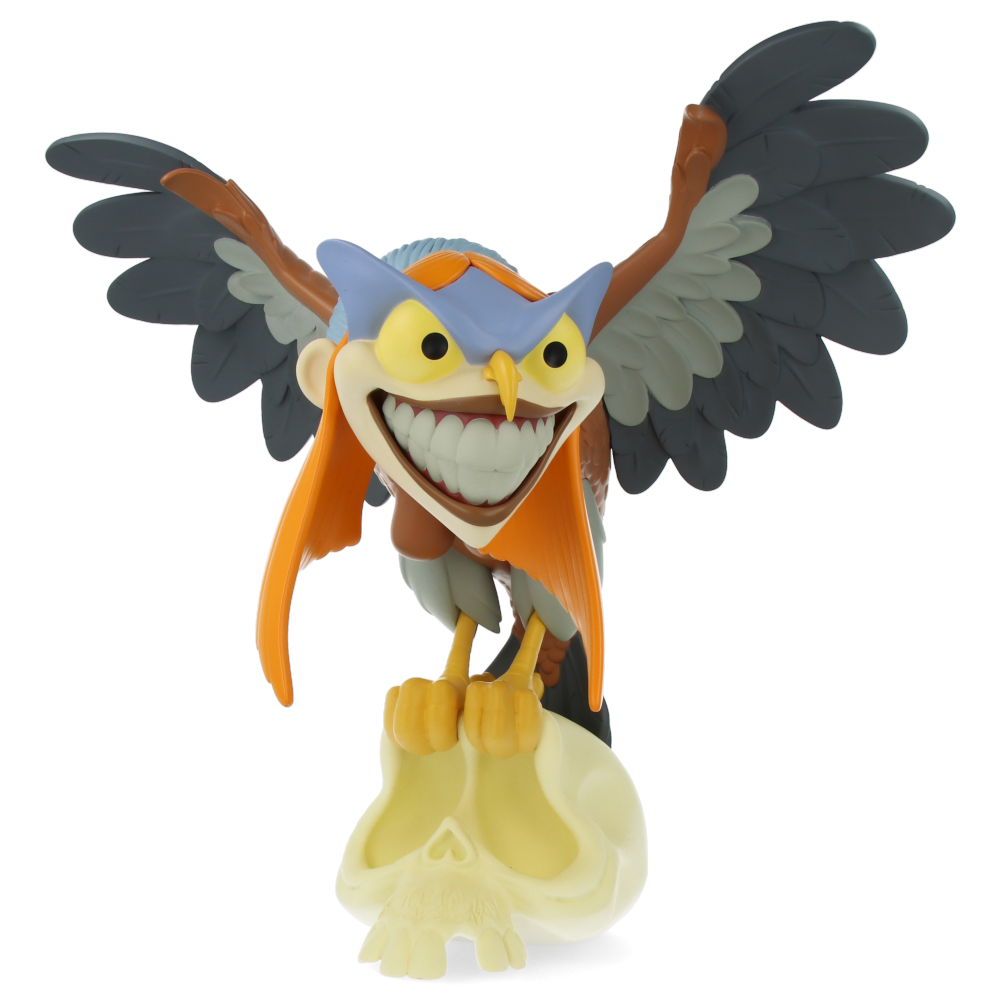


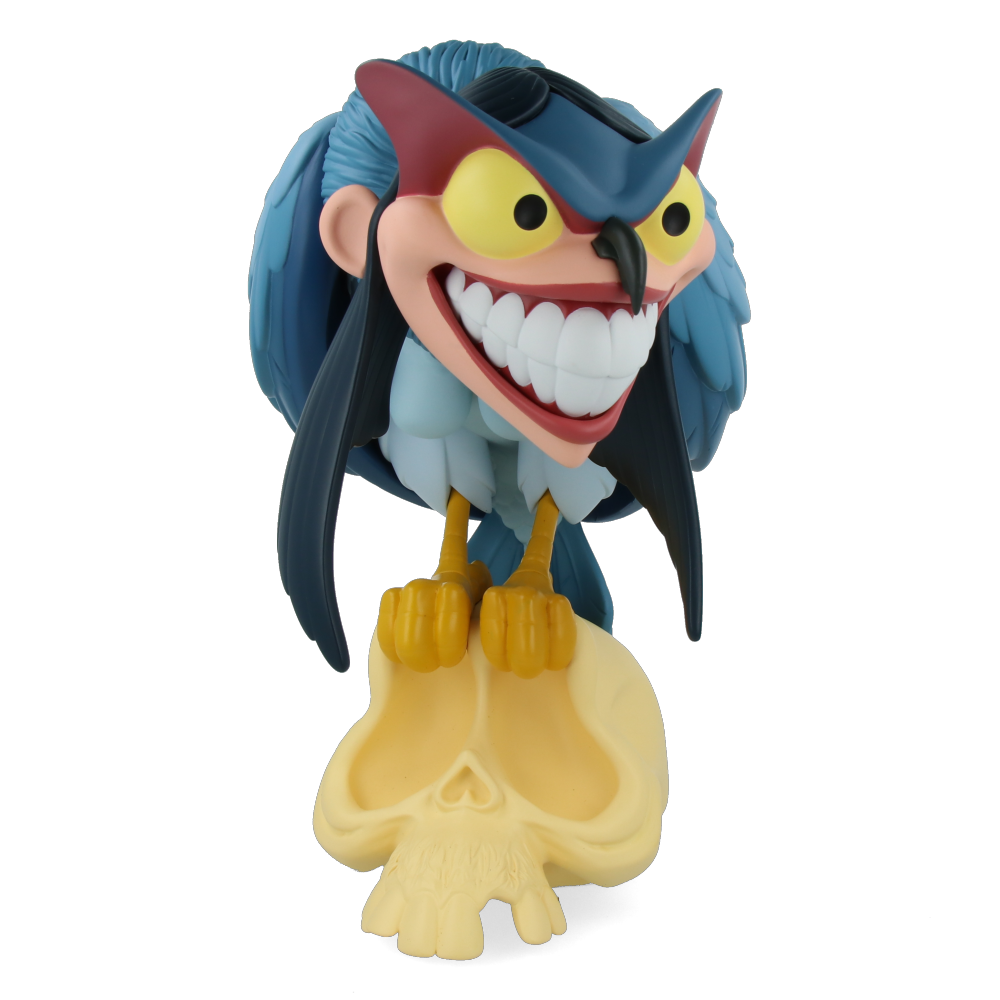
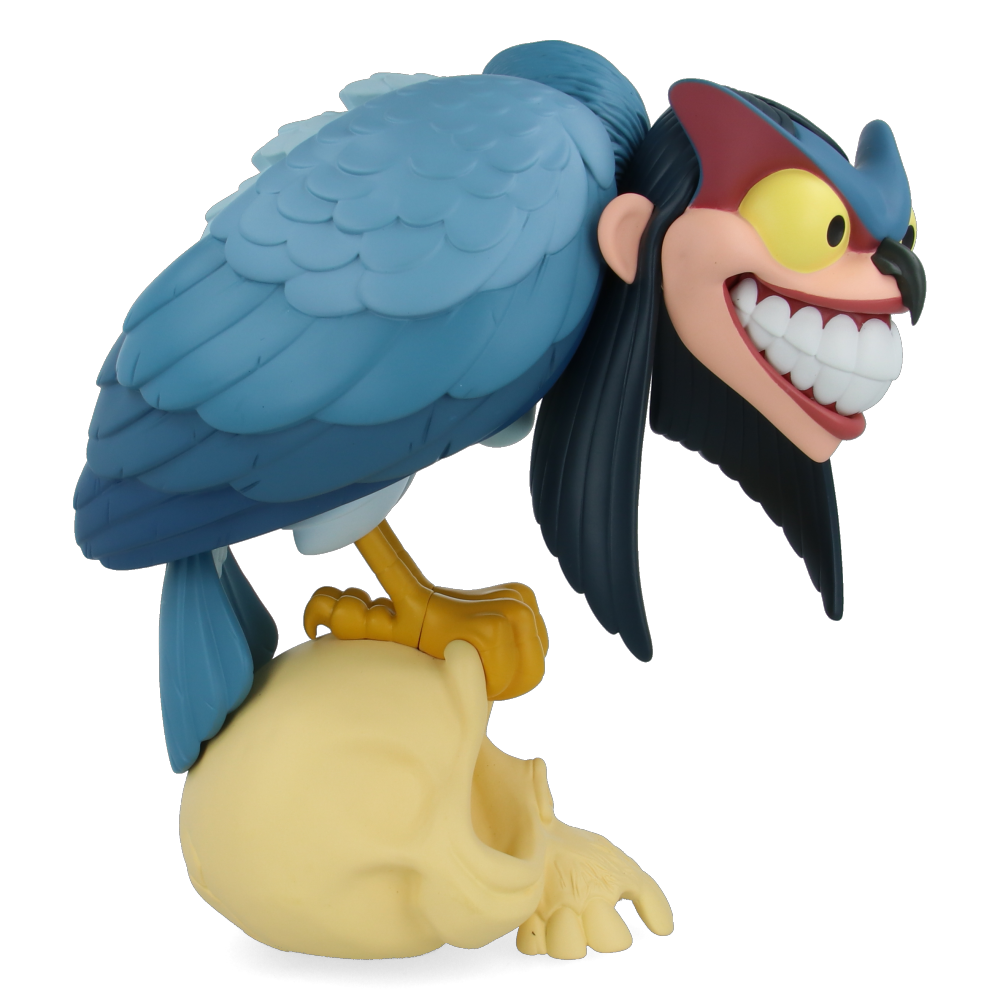

Leave a comment
This site is protected by hCaptcha and the hCaptcha Privacy Policy and Terms of Service apply.